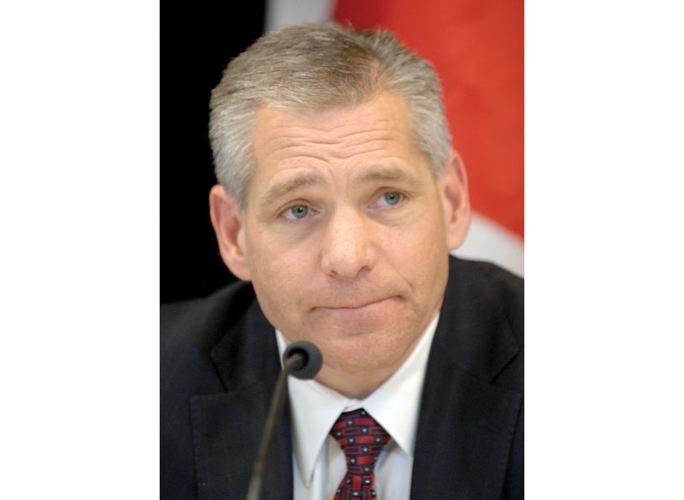A $6 billion announcement for northern B.C. was made in Prince George at the B.C. Natural Resource Forum.
The dominant theme of the day, among the panel discussions and keynote speeches, was liquid natural gas. One of the world's biggest companies in that field, Petronas Carigali Canada Ltd. (through its northern B.C. subsidiary Progress Energy Resources Corp.) used the occasion to announce they had selected a company to design, build, operate and own the pipeline between their gas fields near Fort St. John and their proposed shipping facility at Prince Rupert.
The chosen company was TransCanada Pipelines. The entire project, however, is subject to the full process of meeting social and environmental standards for any pipeline.
"Social license is a key element in the success of the project and our continued success as an organization," said Progress Energy's Michael Culbert. "The project is moving forward at a very quick pace. We are very engaged with First Nations and stakeholders along the pipeline's route and that will go on."
Should the proposal go ahead on the normal pace for such megaprojects, construction would likely begin in 2015 and be finished the construction phase in 2018.
The companies estimated the employment at the peak of construction would amount to more than 2,000 jobs at once. When finished, it would sustain 200 to 300 jobs at the Prince Rupert terminal plus all the extraction jobs in the gas field. Add in all the spinoff economies, said TransCanada president and CEO Russ Girling, and "this is a tremendous opportunity for Prince George, and for all Canadians. We are very fortunate to be endowed with these resources but we must use them in a careful, responsible way."
Prince George would have the pipeline pass somewhere to the north of the city, and is expected to be a base of operations for much of the goods and services associated with the construction.
TransCanada has existing infrastructure in B.C. and winning this bid means some of them will get an additional boost, adding to the compounding economic benefits of the Wednesday announcement. About $1 billion in connection lines will soon be proposed, said Girling, as a separate project.
"Together with our previously announced Coastal GasLink Pipeline project, this is the second major natural gas pipeline proposed to Canada's West Coast for TransCanada, demonstrating the confidence that liquid natural gas sponsors continue to place in our ability to design, build and safely operate pipeline systems," he said. "Our 60 years of pipeline experience, including 50 years in B.C., has taught us that to advance a project of this size, we must engage in open and meaningful discussions with Aboriginal communities and key stakeholder groups. We will initiate those conversations very soon."
While extraction companies face outspoken opposition to the methods used to get the gas out of the ground, the pipeline systems have far less controversy than their crude oil cousin. The most contentious part of liquid natural gas pipelines is the route it would take, and that, said the two companies, had yet to be determined for this line. Routes would be firmed up based on the result of those public discussions.
The project is working under the title of Prince Rupert Gas Transmission. Its length would be about 750 kilometres of large-diameter pipe capable of shipping about 2 billion cubic feet of gas per day, with built-in expansion capabilities up to 3.6 billion cubic feet of gas per day if necessary.



.png;w=120;h=80;mode=crop)